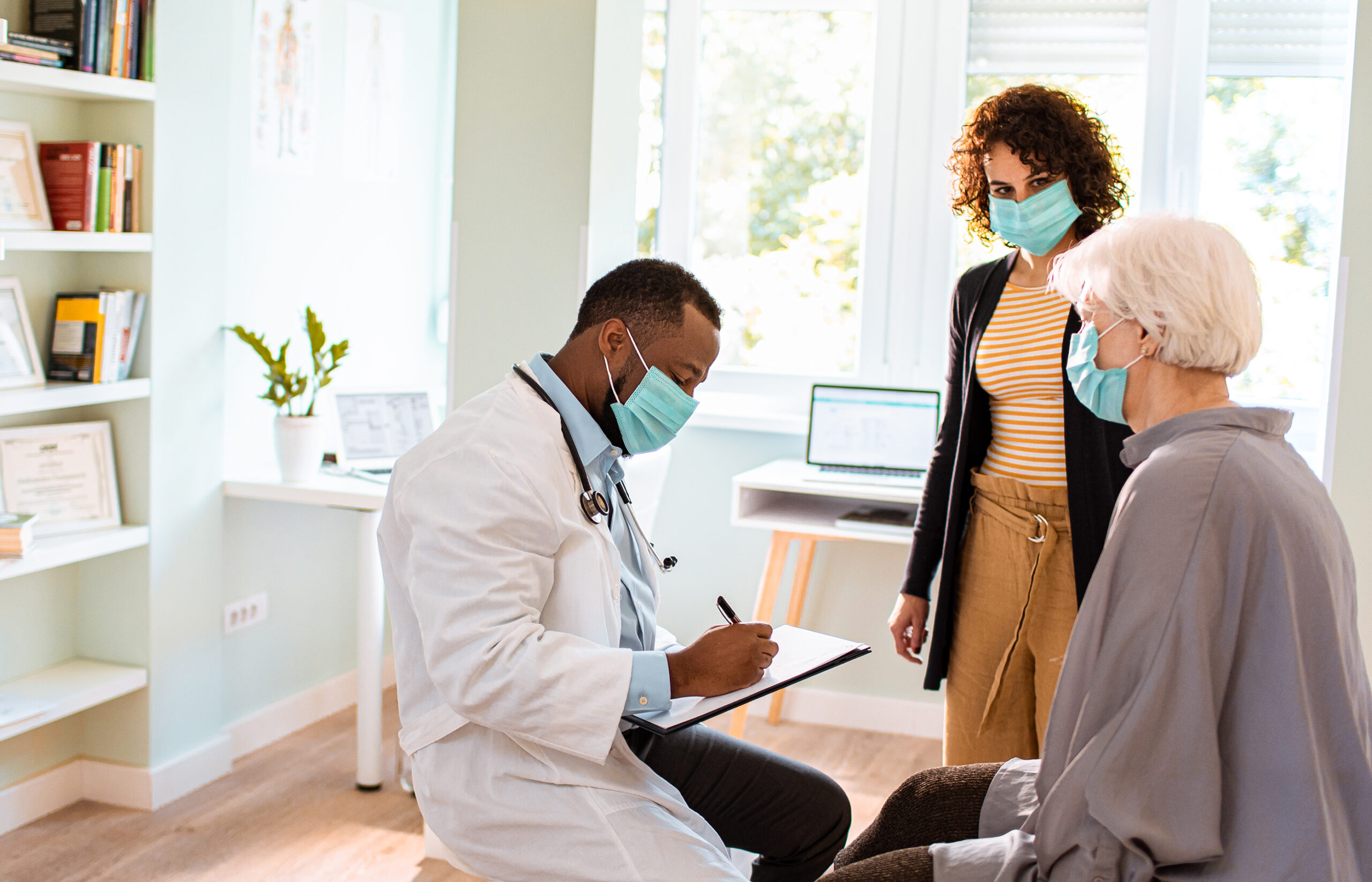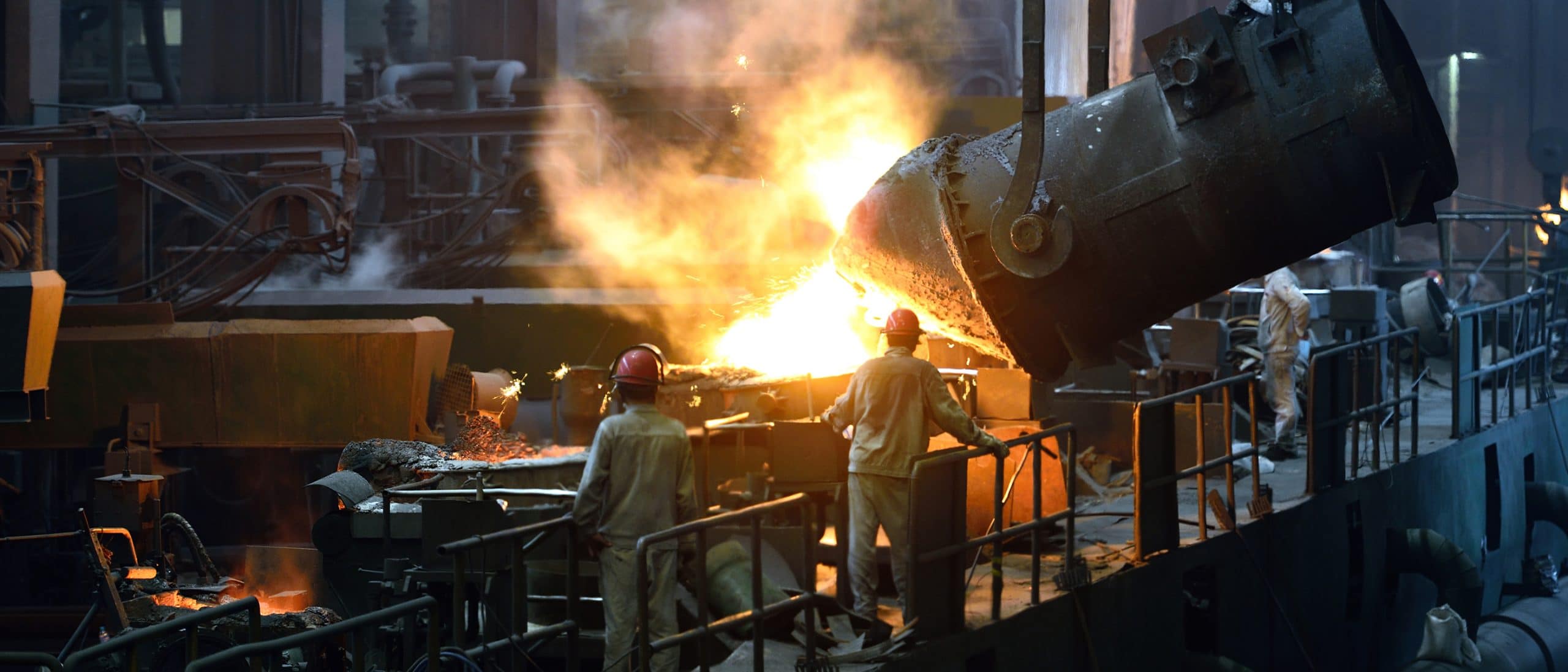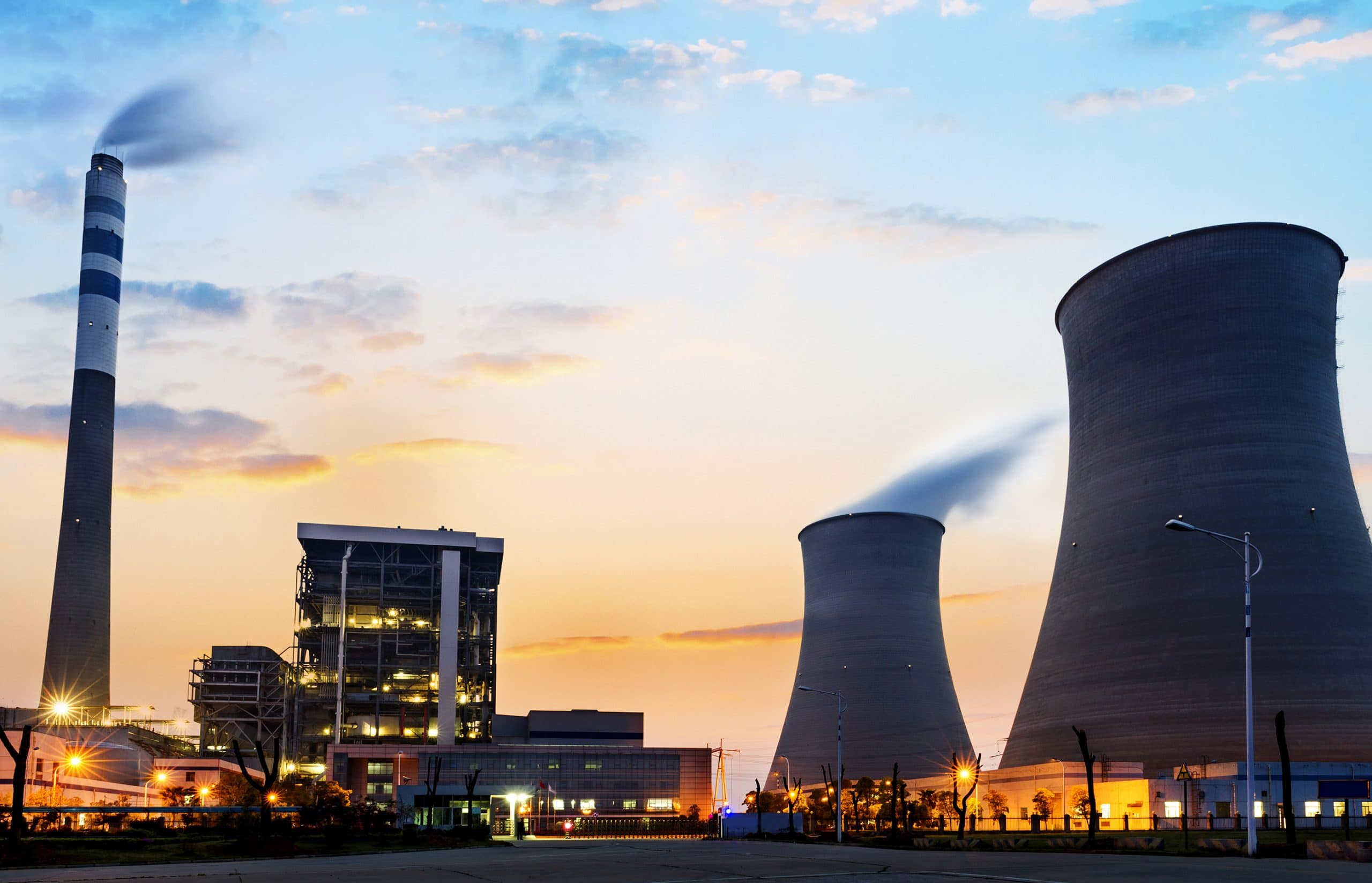How Seniors Can Be Affected By Lung Cancer
Senior citizens are one of the largest demographics impacted by lung cancer. Debilitating illness can affect the elderly much differently than other age groups, learn what this means, what it looks like, and how this could affect you or your family.

Seniors and Lung Cancer
Lung cancer is a debilitating illness that impacts several demographics in the United States and the rest of the world, with seniors being one of the largest groups diagnosed. In fact, of all risk factors that raise chances of tumor growth, age has the heaviest impact. Approximately 60 percent of people diagnosed with cancer are 65 years of age or older. Additionally, cardiovascular disease and cancer are the two leading causes of death in older adults.
It’s vital for affected or high-risk seniors, their loved ones, and caregivers to fully understand the subtleties of how cancer can develop and manifest in the elderly versus other age groups. This allows interested parties greater ability to prepare and plan for treatment and subsequent care that can follow a lung cancer diagnosis in someone over the age of 60.
What Causes Lung Cancer in Seniors?
There are many causes for lung cancer that affect all age groups. So why are seniors one of the largest groups diagnosed? Lung cancer can be caused by many things, with primary reasons including harmful exposure to cancer-causing substances like smog or air pollution, asbestos, radon, and carbon monoxide to name a few. Other reasons a person may develop tumors in their lungs include excessive smoking or a family history of cancer. But why seniors specifically?
A few reasons that contribute to this disease in older age groups are the time it takes for tumors to develop. Regardless of the cause for lung cancer development, tumors can take several years to grow and spread. Sometimes, asbestos exposure has a latency period of over 15 years before lung cancer tumors develop. In some circumstances, this can make pinpointing the cause of the disease difficult. Especially because people don’t usually notice symptoms of lung cancer until the later stages when they’re the most severe.
Adding to that, seniors are largely susceptible to cancer and other illnesses because of a weakened immune system that naturally deteriorates with age.
Preventative Maintenance and Care
While nothing can prevent cancer or improve a prognosis with 100 percent efficacy, there are some things seniors can do to help during their lung cancer timeline.
1) Get screened.
Early screenings can potentially save lives. Patients are usually diagnosed with lung cancer at later stages because symptoms aren’t as severe until then. This also happens to be when anti-cancer treatments have less probability of success. If you’re a senior that’s worked in an industry with air toxins, has a family history of cancer, or smokes a lot, it could be helpful to get an early screening. Even if none of these things are true and you begin exhibiting lung cancer symptoms like trouble breathing, chronic cough, and excessive chest pain, contact your doctor.
2) Work on diet and exercise.
Maintaining a healthy diet and avoiding certain foods can help the body stay or get strong to better fight off illness. Exercising regularly, stretching, or just staying mobile are also ways the patient can strengthen their body physically. Talk with a licensed medical professional about their nutritional and physical recommendations and considerations for you.
3) Keep communication open.
Try to keep your medical team, physicians, and caregivers, informed on all aspects involving your health. Be thorough on your medical history, medications, and treatments you’ve had, will have, and are considering. This only helps you in the long run, because your doctor will be able to better understand your overall health and be able to plan for future circumstances regarding lung cancer, therapy, post-treatment, and beyond.
4) Develop an action plan.
When a lung cancer patient begins treatment, their body will become weak and fatigued. Other symptoms from illness or treatment will also take a toll on the patient’s body, immune system, and overall health. It’s important for them to develop a plan with their loved ones and caregivers to help with day-to-day activities that may become difficult for the patient. This can include a range of activities like groceries, transportation to medical appointments, administering medications, cooking, and cleaning among other things. It’s helpful to arrange your home so that hard-to-reach necessities and medications are accessible when assistance can’t be.
Your physician or medical team can work with you, your caregiver, or your loved ones to develop a personalized plan that works for your unique situation.
Treatment Options for the Elderly
It’s a common misconception that most seniors aren’t strong enough for anti-cancer treatments. Older adults have many treatment options that hinge on stage and type of lung cancer (Non-small cell lung cancer, small cell lung cancer), patient’s general health, and other variables.
Early Stage Tumors
Those with early-stage lung cancer have the greatest chance of curing the disease with a low risk of recurrence. Research shows that lung cancer survival rates for older patients versus younger ones are comparable.
Surgery
There are four primary surgery options for early-stage senior patients.
- Wedge resection – Removal of the wedge-shaped area of affected lung tissue.
- Segmentectomy – Similar to the wedge resection, only the surgeon removes a larger section from the lung tissue.
- Lobectomy – Extraction of the entire lobe of a lung.
- Pneumonectomy – Entire lung is removed.
After a pneumonectomy, studies have shown that older patients are at greater risk for post-treatment complications.
VATS
Also known as video-assisted thoracoscopic surgery, VATS is a minimally invasive surgical alternative that involves the surgeon making a small incision in the chest, near the cancer site. Once this happens, they’ll gently spread the ribs apart to remove the cancerous tissue.
Stereotactic Body Radiotherapy (SBRT)
Doctors may recommend SBRT for inoperable or hard-to-reach tumors. This method is also preferable to patients who don’t want surgery. SBRT has shown positive results in patients 90 and older.
More than before, doctors are beginning to recommend this treatment in early-stage lung cancer patients over 80.
Radiofrequency Ablation
This procedure involves the doctor using a local anesthetic on the patient to administer probes through the skin near the cancer. Once probes are in place, high-energy waves will be used to heat the cancer cells up and kill them.
Locally Advanced Tumors
For most stages of cancer, some type of incision or surgery is usually recommended, even if it’s only to manage symptoms of the disease. Locally advanced tumors signify stage 2 and 3 NSCLC.
Adjuvant Chemotherapy and Radiation Combination
For locally advanced tumors that prove difficult to reach in surgery, adjuvant chemotherapy or radiation treatment may be utilized in an attempt to halt or kill remaining tumors out of surgery’s reach. Research shows favorable results in lung cancer patients when medical professionals combine both radiation and chemotherapy treatments after surgery.
Metastasized or Advanced Tumors
When tumors are in their advanced stages, this consists of extensive SCLC and stages 3B and 4 for NSCLC. At this point, lung cancer may not be curable, so doctors will focus on strategic treatments that may extend life.
Targeted Treatment
Reduced side effects set these targeted treatment options apart from untargeted medications like those in chemotherapy. Since these treatments can pinpoint specific traits in cancer cells, healthy cells can remain unharmed. Doctors recommend two types of targeted treatment for late-stage patients. Angiogenesis inhibitors, or medications that slow or stop tumor growth, and gene mutation therapy, or drugs that target and attack specific mutations in cancer cells that cause them to stop growing.
Immunotherapy
A type of targeted therapy, immunotherapies focus on manipulating or boosting elements of the immune system so it can better target and attack cancer cells.
Other Therapies
Seniors can consider these a complementary add-on to primary treatments. These aren’t curative options and focus on other aspects of the illness a patient may need support with.
Clinical Trials and Emerging Treatments
Doctors and researchers are always working to develop new and improved treatments for cancer. Some focus on therapies that may cause fewer side-effects, and others aim to manipulate cells in the body and immune system (like t-cells) to better target malignant tumors.
Cancer patients who’ve already tried primary anti-cancer therapies can sign up for clinical trials in their area or beyond, and can have access to new treatments not available to the public yet.
Palliative Care
Palliative care focuses on improving the patient’s quality of life. This may be recommended in conjunction with primary treatments to alleviate pain and help patients be more comfortable. It’s also available to late-stage cancer patients where curative treatments aren’t an option.
Chemotherapy and surgery can be used in palliative care to remove invasive tumors that are pressing on nerves or other parts of the body and causing discomfort.
Medications, counseling and emotional support, physical therapies, and nutritional supplements are all forms of palliative treatments.
Emotional, Spiritual, and Mental Health
While maintaining positive mental, emotional, and spiritual health can really help the treatment and recovery process, it can be easy for patients to sink into distress after a cancer diagnosis. Feelings of hopelessness, anger, depression, and stress are natural and common but can be managed with the right support system.
Fortunately, there are resources and communities readily available for cancer patients. Professional members of this community can include psychiatrists, therapists, counselors, chaplains, pastors, and other accredited professionals that can help a patient manage their emotional, spiritual, and mental health. Unaccredited community members that can be a good fit based on personal experience can be advocates, educators, peers, loved ones, and friends. In some form or another, the cancer support community helps patients by providing them an outlet to share their experiences and learn or grow from others.
Risks and Side Effects of Treatment in the Elderly
Pain, pneumonitis, and inflammation around the treatment area are common side effects in patients who have surgery and radiation procedures. Nausea, appetite loss, and vomiting are common potential side effects of chemotherapy. Patients can also be affected by infection and subsequent fever, weakness, fatigue, or chills post-treatment.
Contact your doctor immediately if you have an infection, as it can spread through the bloodstream quickly.
Infections can be characterized by numbness and pain, swelling, tenderness, and dark pink or red coloration around the affected area. If the patient develops a fever and the swollen area seems to be spreading, contact your doctor immediately. This means the infection is spreading at a dangerous rate.
While most of these effects may only cause minor discomfort, your doctor or oncologist can advise or prescribe something to help dissipate or manage it if that changes.
Other complications or side effects of anti-cancer therapies are:
- Achy joints
- Allergic reactions
- Bleeding
- Cognitive trouble (memory loss, foggy, or slower to process)
- Constipation or diarrhea
- Cough or sore throat
- Emotional distress (depression, anger)
- Hair loss
- Itching, dryness, or rash
- Prone to infections due to low white blood cells (Neutropenia)
- Shortness of breath
- Weight loss
The severity of side effects can vary and some patients may not experience certain side effects at all. Talk to your physician if adverse reactions become unmanageable.
Other Things to Consider About Treatment
While age isn’t the only thing to factor in lung cancer patients, there are a few age-related complications older adults must consider before attempting anti-cancer treatments. These complications are a product of genetics, lifestyle, and life in general. Even someone with “perfect” health and genetics can eventually experience some of these latent effects:
- Existing medical conditions
- Decreased bone marrow reserves
- Less lean body mass and physical strength
- Reduced immune system, kidney, and/or liver function
These issues may cause setbacks, but don’t completely exclude anyone from treatment. Other things physicians will take into account when considering senior eligibility for treatments and therapies are:
- Environment at home
- Medication history
- Medical status
- Mental health
- Nutritional habits
- Physical condition and activity
- Social support
Try to be comprehensive when disclosing this information to your medical team. Don’t change details or leave anything out, it can prevent doctors from giving you the care you need.
Legal Rights
Seniors, like all age groups, have legal rights. If you’re a senior who’s developed lung cancer from harmful exposure to asbestos or other carcinogens (cancer-causing agents), you might have grounds to take legal action. Since the public health world deemed asbestos a carcinogen, most uses of the mineral were banned.
Talk to an experienced attorney about the details surrounding your exposure to verify available options. A lung cancer diagnosis can be scary, but there are ways to help yourself through.
Compensation gained from legal action can cover a range of situations. From paying for costs of treatments, hospice, and transportation, to specialized medications, emerging therapies, and post-treatment support. Don’t make things harder than they need to be by avoiding litigation. The process is much simpler than it can appear.
Compensation Available to Seniors
Monetary compensation from litigation is one financial option that seniors have. Other compensation options available include:
Medicare and Medicaid
Medicare is a federal health insurance program available to people who are 65 years of age and above. Younger people can get medicare under extenuating circumstances.
Medicaid is a program that’s both federal and state, designed to help cover costs for people with limited income. It’s the last resort, and will only begin to cover medical costs after medicare, employer, and other options have already been exhausted.
VA Benefits
The US Department of Veterans Affairs usually compensates veterans who develop lung cancer from harmful exposure to toxic substances that happened during their time in the military.
End-of-Life Care and Support
Late-stage cancer patients and their loved ones may need end of care support if they are too sick to take care of themselves.
Caregiver and Hospice
Both end-of-life care options can take place in the patient’s home as well as a range of hospitals and other medical facilities. Caregivers can consist of loved ones, friends, or peers, while hospice support usually includes a medical professional or team from the hospital or accredited third-party.
The main difference between hospice and caregivers is that hospice care involves people specifically trained or experienced in several capacities that help the patient manage day-to-day activities, adverse reactions and side effects, medication administration, post-treatment, and beyond, and caregivers aren’t always trained or experienced. Most of the time a caregiver consists of an inexperienced and unpaid family member.
Retirement Communities
If the patient is too ill to take care of themselves and doesn’t have access to help, they may need to relocate.
Retirement homes and communities are available to older adults in most places, and several offer rent discounts to seniors and veterans as well. Here the patient can be surrounded with the medical support they need when they have no other options.
Helpful Resources for Seniors, Caregivers, and Loved Ones
Several reputable government, state, and regional organizations provide helpful resources for lung cancer patients, their loved ones, and caregivers. Some organizations that offer helpful support for older adults are:
- AARP – 888 687 2277
- American Cancer Society – 800 227 2345
- Cancer Financial Assistance Coalition
- Cancer and Aging Research Group
- Eldercare Transportation Locator – 800 677 1116
- Healthcare.gov – 800 318 2596
- Programs of All-Inclusive Care for the Elderly
- National Cancer Institute – 800 422 6237
Seniors diagnosed with lung cancer may be scared or intimidated, but they don’t have to go through the experience alone. Reach out to your medical team for additional local resources.


